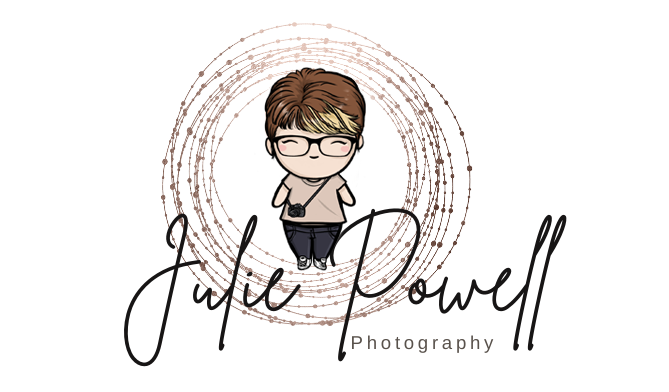Do you know all your camera modes and what they do?
Should you be using Manual or Aperture Mode? Or something else?
When shooting many photographers have a preference for which mode they prefer to shoot in...Mine is Manual, as it gives me COMPLETE CONTROL over all my settings. However, sometimes using Aperture Mode can be useful, you can set your aperture and then let the camera work out the rest. I have found it does let you down in overly bright or really dark situations, so I do prefer Manual. Your camera probably has other Modes as well, like Shutter Priority, which is useful for high-speed shooting (Sport, Birds in Flight etc). I never use Program Mode, and I rarely if ever use Auto.
Having a good understanding of the digital camera modes is essential to control the exposure in photography. Whether you are a beginner or an advanced amateur, you should know what each camera mode does and when it should be used, under what circumstances.
Digital Camera Modes allow photographers to control the parameters of an exposure, specifically, Shutter Speed, Aperture and ISO. While certain modes can fully automate the camera exposure, there are other modes that let the photographer manually control some or all parameters of the exposure.
Today, most digital cameras have various types of camera modes that can be used in different situations. While most point and shoot cameras concentrate on automatic modes for simplicity’s sake, more advanced cameras feature modes that allow both automatic and manual exposure control.
There are four main types of camera modes that can be found in most digital cameras today:
Program (P)
Shutter Priority (Tv) or (S)
Aperture Priority (Av) or (A)
Manual (M)
Program Mode
In “Program” mode, the camera automatically chooses the Aperture and the Shutter Speed for you, based on the amount of light that passes through the lens. This is the mode you want to use for “point and shoot” moments, when you just need to quickly snap a picture. The camera will try to balance between aperture and shutter speed, increasing and decreasing the two based on the intensity of light. If you point the camera to a bright area, the aperture will automatically increase to a bigger number, while keeping the shutter speed reasonably fast. Pointing the camera to a darker area will decrease the aperture to a lower number, in order to maintain a reasonably fast shutter speed. If there is not enough light, the lens aperture will stay at the lowest number (maximum aperture), while the shutter speed will keep on decreasing until it reaches proper exposure.
Shutter-Priority Mode
In “Shutter Priority” mode, you manually set the camera’s shutter speed and the camera automatically picks the right aperture for you, based on the amount of light that passes through the lens. This mode is intended to be used when motion needs to be frozen or intentionally blurred. If there is too much light, the camera will increase the lens aperture to a higher number, which decreases the amount of light that passes through the lens. If there is not enough light, the camera will decrease the aperture to the lowest number, so that more light passes through the lens. So in Shutter Priority mode, the shutter speed stays the same (what you set it to), while aperture automatically increases and decreases, based on the amount of light. In addition, there is no control over subject isolation, because you are letting the camera control the depth of field.
Aperture-Priority Mode
In “Aperture Priority” mode, you manually set the lens aperture, while the camera automatically picks the right shutter speed to properly expose the image. You have full control over subject isolation and you can play with the depth of field, because you can increase or decrease the lens aperture and let the camera do the math on measuring the right shutter speed. If there is too much light, the camera will automatically increase the shutter speed, while if you are in a low-light environment, the camera will decrease the shutter speed. There is almost no risk of having an overexposed or an underexposed image, because the shutter speed can go as low as 30 seconds and as fast as 1/4000-1/8000th of a second (depending on the camera), which is more than sufficient for most lighting situations.
This is a really good mode when starting out, as you have some control over settings and it allows you to learn as you grow your skills.
Manual Mode
As the name suggests, “Manual” mode stands for a full manual control of Aperture and Shutter Speed. In this mode, you can manually set both the aperture and the shutter speed to any value you want – the camera lets you fully take over the exposure controls. Manual mode is also useful for consistency, if you need to make sure that both shutter speed and aperture stay the same across multiple exposures. For example, to properly stitch a panorama, all shots that you are trying to put together need to have the same shutter speed and aperture. Otherwise, some images will be darker, while others are lighter. Once you set the shutter speed and aperture to the values of your choice in manual mode, your images will all have consistent exposures.
I generally prefer to use Manual 95% of the time, so that I have the control, but it really is personal preference.
This is an excerpt from my new online course The Magic of Macro, come visit the world of Macro with me and learn more about your skill, your camera and the world in miniature




